Palo Santo oil is presented as a natural supplement for those seeking to relieve the discomfort of seasonal allergies.
Search in blog
Blog categories
Latest posts
-
 Palo Santo Oil: The Natural Answer to Your Allergy ProblemsRead more
Palo Santo Oil: The Natural Answer to Your Allergy ProblemsRead more -
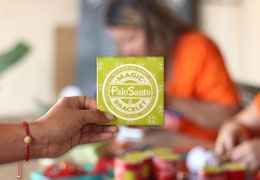 The Sustainable Fashion Revolution: A Commitment to the Planet and Style02/21/2024653 views 2 LikedRead more
The Sustainable Fashion Revolution: A Commitment to the Planet and Style02/21/2024653 views 2 LikedRead moreIn the fast-paced world of fashion, where trends come and go with each season, an increasingly important constant...
-
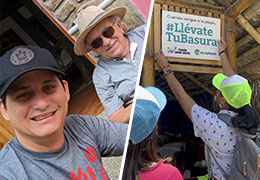 Palo Santo, essence or appearance? Is Palo Santo really endangered?02/14/2024921 views 1 LikedRead more
Palo Santo, essence or appearance? Is Palo Santo really endangered?02/14/2024921 views 1 LikedRead moreIn this article, we delve into the essence of Palo Santo, beyond its popularity for its unique aroma and purifying...
-
 Palo Santo: A Bridge to Deeper Connections in Relationships02/06/2024830 views 1 comment 17 LikedRead more
Palo Santo: A Bridge to Deeper Connections in Relationships02/06/2024830 views 1 comment 17 LikedRead morePalo Santo is more than just a pleasant aroma; it's a bridge to serenity and understanding in relationships.
-
 What could be a better way to start a year? Power your Start of the Year with Positive Vibrations and Balance with Palo Santo12/01/20232289 views 1 comment 15 LikedRead more
What could be a better way to start a year? Power your Start of the Year with Positive Vibrations and Balance with Palo Santo12/01/20232289 views 1 comment 15 LikedRead moreThe start of a new year is a special moment filled with hope, renewal, and wishes for a prosperous future.
Photo gallery
-

Is Palo Santo really endangered?
-
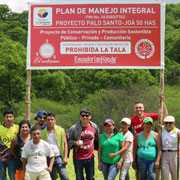
Is Palo Santo really endangered?
-
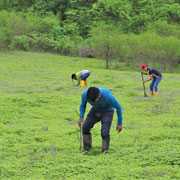
Is Palo Santo really endangered?
-
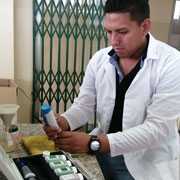
Investigations concerning the PaloSanto tree.
-
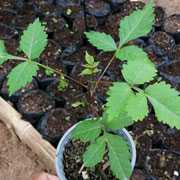
Nursery
-

It's reforestation time! Palo santo
Popular posts
-
 Palo Santo Essential Oil, Bursera Graveolens - Uses and Benefits02/01/2017Posted in: How To?78260 views 6 comments 176 LikedPalo Santo, Ecuador's sacred wood! Originating from our dry forest of Ecuador, this tree belongs to the Burseraceae...Read more
Palo Santo Essential Oil, Bursera Graveolens - Uses and Benefits02/01/2017Posted in: How To?78260 views 6 comments 176 LikedPalo Santo, Ecuador's sacred wood! Originating from our dry forest of Ecuador, this tree belongs to the Burseraceae...Read more -
 Palo Santo: A Natural Way to Cleanse Your House and Promote Well-Being and Positive Energy09/10/201971522 views 1 comment 197 LikedMany people clean and purify their home at least once a month. Many people enter our home, and each person with a...Read more
Palo Santo: A Natural Way to Cleanse Your House and Promote Well-Being and Positive Energy09/10/201971522 views 1 comment 197 LikedMany people clean and purify their home at least once a month. Many people enter our home, and each person with a...Read more -
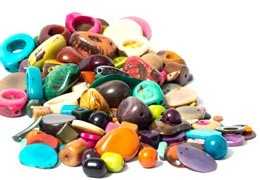 From Nature to Art: What is the tagua nut or vegetable ivory?70437 views 3 comments 223 LikedThe Tagua is a unique plant that comes from the tropical and humid mountains of Ecuador, grows wild in forests called...Read more
From Nature to Art: What is the tagua nut or vegetable ivory?70437 views 3 comments 223 LikedThe Tagua is a unique plant that comes from the tropical and humid mountains of Ecuador, grows wild in forests called...Read more -
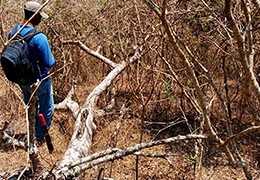 Palo Santo Sustainability: Separating Fact from the fake news. Is Palo Santo really endangered?08/18/201940446 views 7 comments 1013 LikedIn this article we will clear up doubts about the future of this sacred wood of sweet, woody, citrus and a slight...Read more
Palo Santo Sustainability: Separating Fact from the fake news. Is Palo Santo really endangered?08/18/201940446 views 7 comments 1013 LikedIn this article we will clear up doubts about the future of this sacred wood of sweet, woody, citrus and a slight...Read more -
 True History of Montecristi Hat (Panama Hat)39566 views 6 LikedThe fame and the use of this hat was wrongly and undeservedly extended with the name of “Panama Hat", without...Read more
True History of Montecristi Hat (Panama Hat)39566 views 6 LikedThe fame and the use of this hat was wrongly and undeservedly extended with the name of “Panama Hat", without...Read more


 knowledge of the fabric and in addition to safeguarding the hat's tissue, the work of the weavers will be recognized and valued. To the people who carry this heritage of knowledge, both older people and the new generations who are learning.
knowledge of the fabric and in addition to safeguarding the hat's tissue, the work of the weavers will be recognized and valued. To the people who carry this heritage of knowledge, both older people and the new generations who are learning. Mariana Mero (59 years old); hails from Montecristi. She started weaving hats from childhood like most Montecristi inhabitants who are dedicated to weaving. Her mother and aunt taught her techniques for knitting a hat. She dedicates herself to knitting because income is not always obtained from another economic activity.
Mariana Mero (59 years old); hails from Montecristi. She started weaving hats from childhood like most Montecristi inhabitants who are dedicated to weaving. Her mother and aunt taught her techniques for knitting a hat. She dedicates herself to knitting because income is not always obtained from another economic activity.


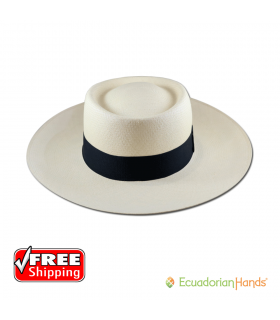

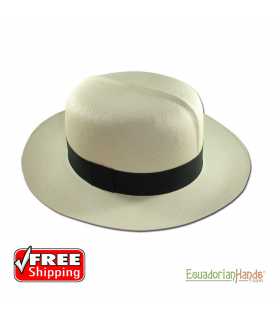



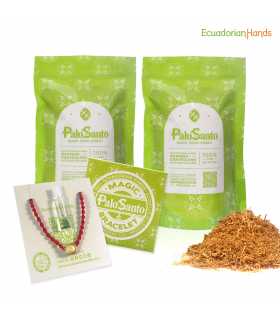
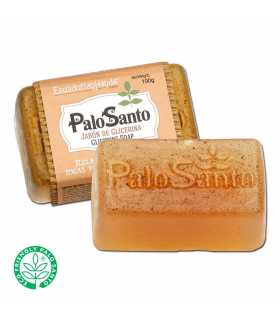
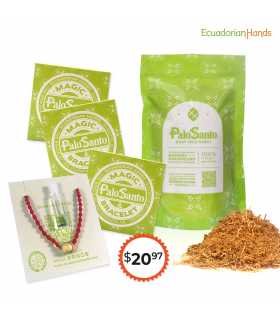
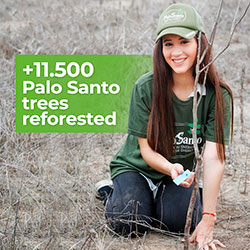
Leave a comment